The most famous Mythical Creature of Crete, The Minotaur
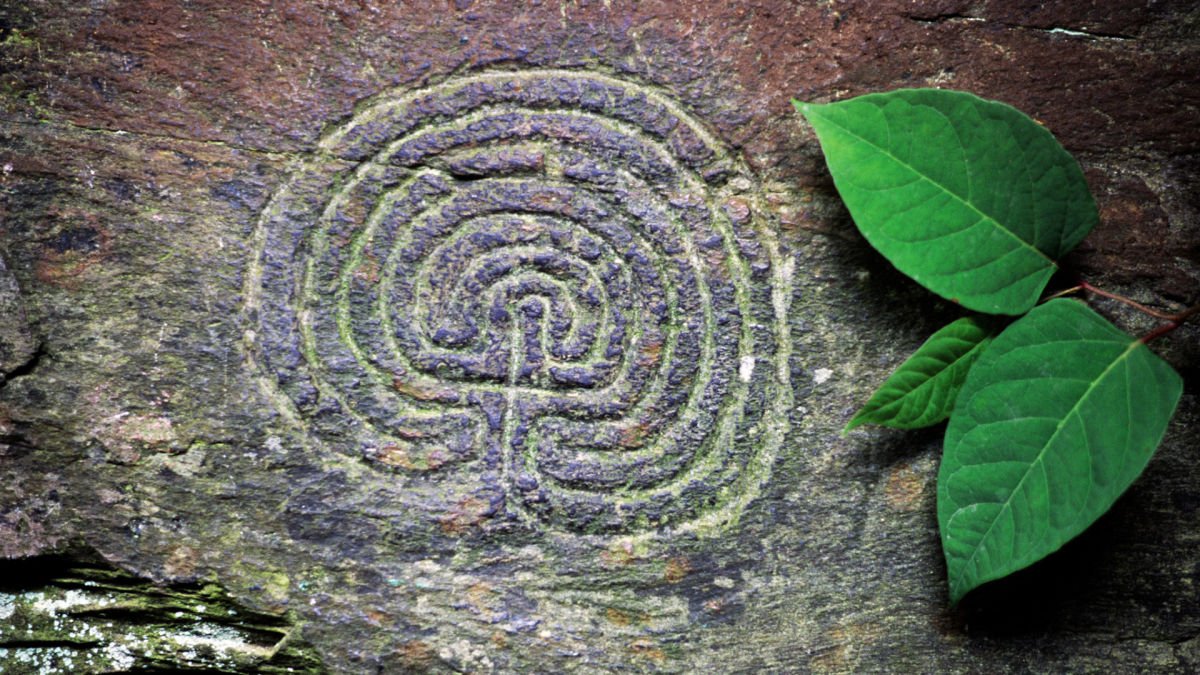
Discussing the legends of the Minotaur but also more generally the meaning and symbolism of the bull, let’s uncover who is the Minotaur.
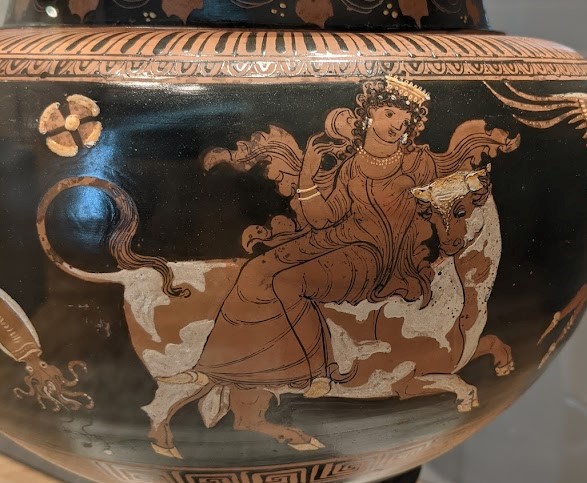
God Zeus in the form of a bull abducting the Phoenician princess Europa Photo Credit: Katolophyromai
Representation of the Minotaur
Within the framework of the representation of rivers as human-headed bulls, what place could the exact opposite representation, that of a man with a bull’s head, have? We are of course referring to the Minotaur. This association, which results from the opposite, is reinforced by two representations of the Minotaur. On a Cycladic amphora with relief decoration on the neck, the Minotaur is represented with a human head and horns – this is inferred from the part of the head that survived.
In other representations, the Minotaur, in the usual form we know him, tries to escape from Theseus, who, however, has caught him by the horn, which reminds us of the representation with Hercules and Achelous. Could we attribute to the Minotaur the status of a river god? Or should we speculate on the myth of the youth who consumed the destructive action of the waters of a river and on his death by Theseus his taming?
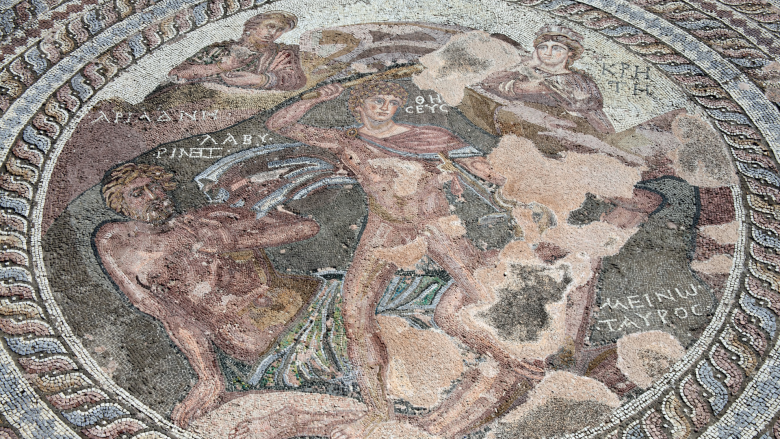
The Different Versions of the Myths behind the Minotaur
Version 1: Pasiphaë
Pasiphaë, the wife of Minos, fell in love with the bull of Poseidon that the king did not sacrifice to the god, as he had promised, because it was too beautiful. Daedalus, for the queen to unite with the bull, built a cow effigy, into which Pasiphaë entered. The child born, the Minotaur, lived in the Labyrinth which was in the basement of the palace and which had an easy entrance, but a difficult exit with turns that led nowhere. The king locked his enemies there to perish.
Version 2: Asterius
According to another version, the Minotaur was the son of the general Taurus who helped Minos to take power. The child was named Asterion but, because he looked like Taurus, he was named Minotaur. It is also said that the illegitimate child did not stop talking in the Labyrinth but lived at first in the mountains as a wild man or became a general who with other Cretans followed Dionysus to the Indies. Then he went to Massagetae, near the Phasis river, where he was killed, and to honor him, they called a part of Colchis Taurida.
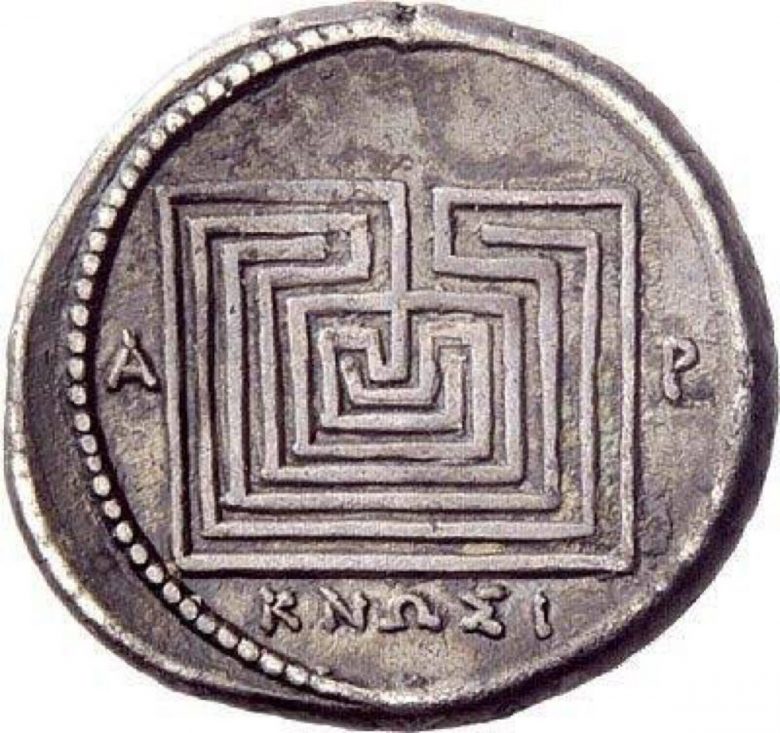
Interpretations of the Myths
Interpretation of Lucian
Lucian interprets the union of Pasiphaë with the bull as a natural allegory and in the same way, explains the mediating role of Daedalus. So according to Lucian, Daedalus knew the secrets of Astrology and tried to initiate his son into them, but he behaved unwisely. Pasiphae also asked Daedalus to initiate her into these secrets, who first showed her the bull in the sky.
Interpretation of Plutarch
Plutarch, in his Life of Theseus, offers a welfare interpretation of Theseus‘ fight with the Minotaur, considering that the Labyrinth was a fortress used as a prison from which no one could escape; that Minos instituted nudist contests in honor of his son Androgeus, whom his father had thought to have been treacherously slain at Athens, setting up as a prize the youths confined in the Labyrinth; that the Minotaur was a Cretan general named Taurus, with great power in the court of Minos, who had defeated him in the naked contests, and that he treated the young Athenians with arrogance and cruelty; that Theseus defeated the Bull in a wrestling match. Minos abolished the tax he had imposed on the Athenians. Of course, we know the Athenian version of the myth, worked within a wider mythological context. In which democratic Athens reworked the ancient myths for its ideological purposes.
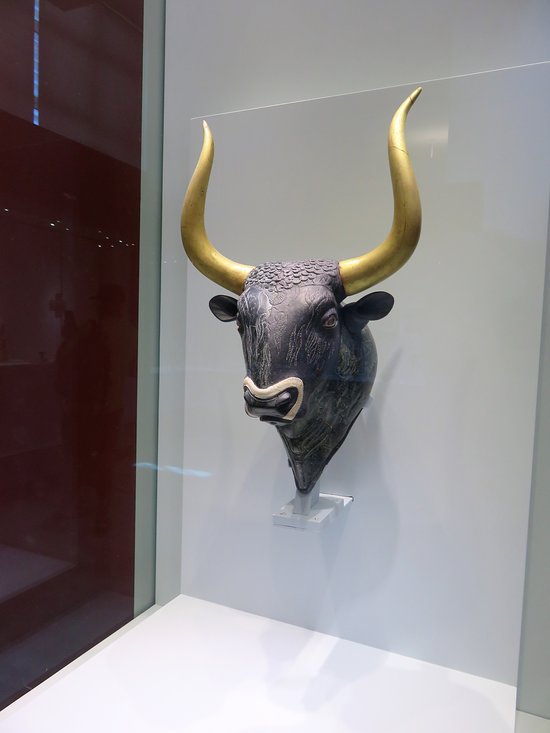
Bull Masks in Ancient Greece
We also know that youths taking part in coming-of-age ceremonies are likely to be wearing bull masks. Or competing against someone wearing a bull mask. For example, in the Kaverium of Thebes, a fragment of a skyphos (National Archaeological Museum of Athens) depicts a naked man wearing the mask of a bull, apparently participating in ritual actions and accompanied by two other naked male figures in an ithyphallic position. Two questions arise here: a) What is the symbolism of the bull? b) What did the use of the mask intend?
What is the Symbolism of the Bull?
The Mediterranean civilizations (Egypt, Mesopotamia, Greece, Rome) believed that the ancestor gods were incarnated in a bull. In the East, he even carried the world between his horns. This is because the bull was one of the elements that very early people associated with the sky. The sky with the movement of the stars and the seasons ruled the cycle of nature. By extension, agricultural pursuits. The offspring of these progenitor gods were fertility gods who controlled the rain and river waters or the sun.
In the Greek world, the bull was associated with deities whose original existence was chthonic, such as Zeus, Athena, Dionysus, and Poseidon, or with heroes such as Heracles and Theseus – both of whom descended into the underworld while they were still alive. Heracles after his death was worshiped in Calydon a Chthonian god.

In the Palace of Knossos
What did the use of the Mask intend?
From this semiology, the answer to the second question easily emerges. The same as the actor with the theatrical mask. That is the qualities of the bull, its strength, and its fertility. After all, by defeating someone disguised as a bull, the young man displayed his manhood and physical strength. Therefore, he was rightfully entering the world of adults. However, his victory may have signaled the imposition of his values against the tyranny and anarchy caused by the unruly rule of an animal or a tyrant.
Conclusion of the Cretan Minotaur
In any case, and without being able to answer precisely about the identity of the Cretan Minotaur, we can say with certainty that it is part of a long tradition that wants the bull connected to ancestors, creator gods, generator gods of fertility, and the liquid element. However, we should keep in mind that in mythmaking practice a valid myth has other elements too. Those elements exploit and utilize their prestige and power for other ideological goals.
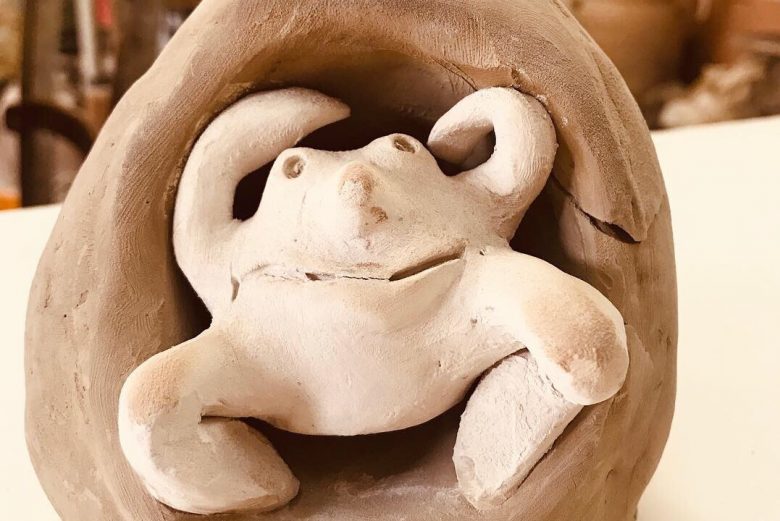
Elissos „Minotaur“ Experiences
Percy Jackson Experience
The Percy Jacksons‘ books inspired this experience. We particularly designed it for youth and family. It approaches the Cretan Labyrinth and its mysteries from a mythological and historical point of view. Focusing on making the story interesting and engaging. However, it is also clear and easy to understand for our little friends. It binds the ancient Myths with the everyday life of the Minoans in the palace. Offers an experiential trip in time, through interactive features, pictures, sounds, and images. The second part of this day’s experience offers an interactive workshop on Minoan- Style Pottery. Our Potter has awards by the Ministry of Culture of Greece for his work. He also has a lot of experience in cultural and educational seminars for children and adults.
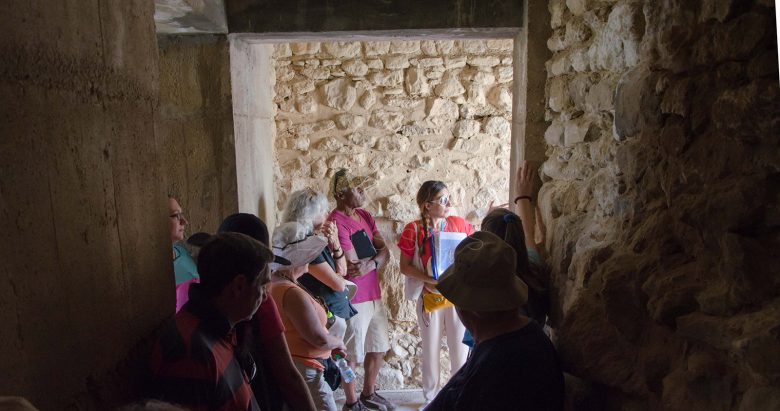
The Great Labyrinth Tour
Your day will start with visiting the most important archaeological site in Crete, the Minoan palace of Knossos, and the mythical Labyrinth of Homer. You will be visiting an amazing area of 22.000sq meters. A prehistoric “city”, the place where the oldest European civilization started and flourished some 5000 years ago. Concentrating on the prehistoric era of the island, you will reveal its unique historic course. Penetrate into its ancient myths, arts, and ritual practices. In a beautiful nature park near Knossos, experience an hour and a half session on the Minoan Ritual Dance. Based on the ancient Minoan Art depictions and ancient literature, attempt an approach to the ancient Minoan ritual dance. What was the meaning of the Labyrinth? What was the “Labyrinth Dance” of Ariadni? Enjoy your lunch in a traditional Cretan restaurant in the mountains. This is a great chance to taste the Cretan mountain cuisine!
